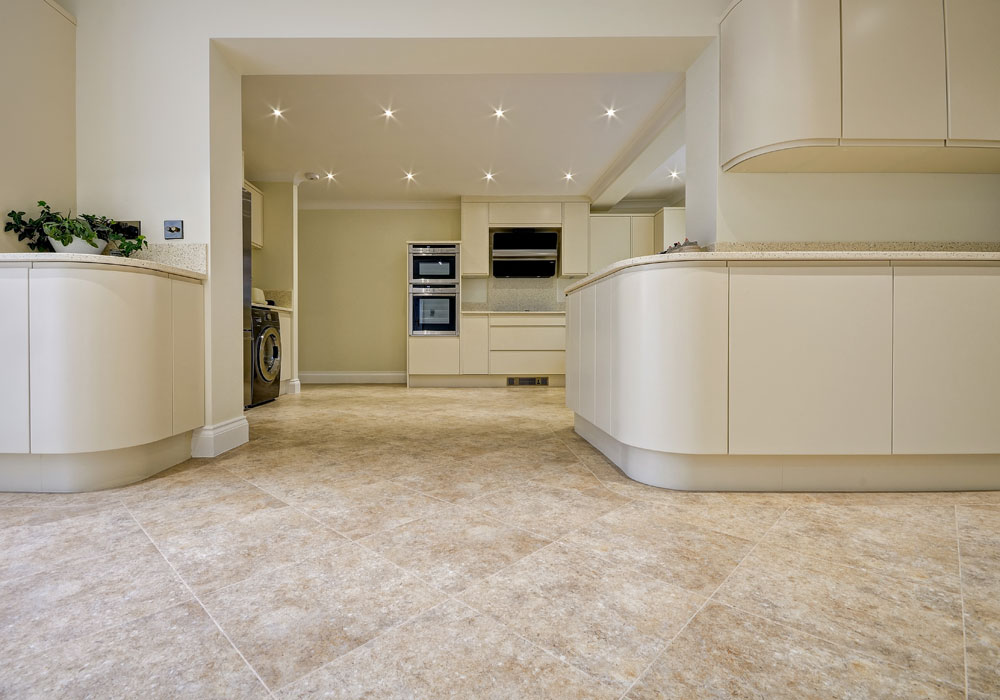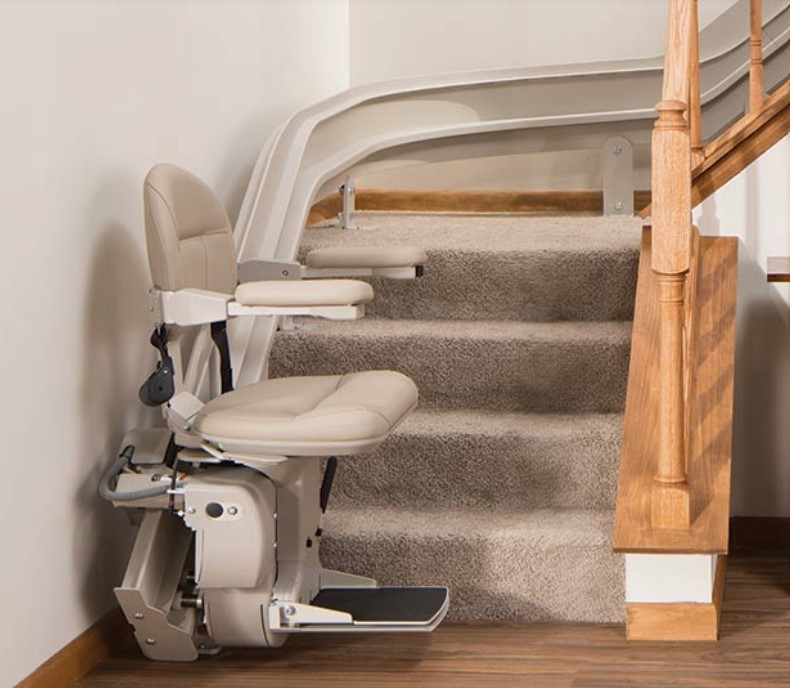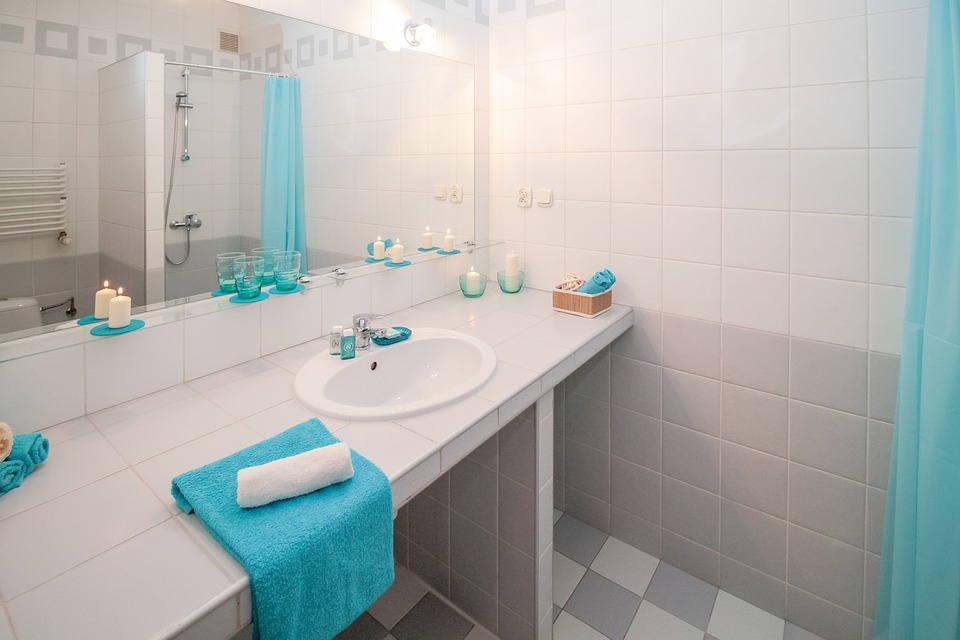Gone are the days when buying and installing security cameras was a matter of very few choices. Back in the day, CCTV cameras were the only game in town. They were expensive, too. Today we have more choices than most of us can deal with.
Perhaps you are planning on installing some cameras. How many should you purchase and where should you place them? The number is entirely up to you. Purchase what you think you need and can afford. As for where to place them, there are some generally accepted industry guidelines you should probably pay attention to.
Know the Different Types of Cameras
Before you make any purchase decisions, it is helpful to familiarize yourself with the different types of cameras. Vivint Smart Home offers a pretty comprehensive guide you can read here. They divide cameras into different categories, including:
- Wired and wireless.
- Interior and exterior.
- CCTV and IP cameras.
- Fixed and PTZ cameras.
It goes without saying there is some overlap in the categories. For example, you could buy an exterior PTZ camera based on the CCTV model. You could also buy a fixed interior IP camera.
Where to Place Your Cameras
Once you determine the cameras you want to buy, you can begin planning for placement. Below are the six most recommended locations in order of importance. You can read more about them in this fantastic article by CNET.
1. The Front Door
Study data shows that the front door is the most common entry point among burglars. Incidentally, the front door is also where the vast majority of porch piracy crimes take place. Both realities explain why experts point to the front door as the single most important location for an external video camera. Having a full view of the front door is very important.
2. Other First Floor Doors
If a home’s front door is not easily accessible or breached, burglars tend to look at other doors on the first floor. Therefore, consider placing cameras so that they have full views of the rear basement door, the back door, the patio door, etc. Any door accessible from ground level is a possible entry point.
3. The Driveway
The driveway is near the top of the list for two reasons: a properly placed camera lets you keep an eye on your car and protects what is arguably the weakest entry point in most homes: the overhead garage door. When a garage door is left unlocked, it can give burglars access to a second unlocked door by way of the door that leads from garage to house interior.
4. The yard
Next up is the yard – both front and back. Keeping an eye on the yard makes it easier to identify strangers who might be scoping out the neighborhood prior to committing a burglary. Cameras monitoring the yard also give parents added peace of mind when the kids are out playing.
5. Common Areas
Indoors, placing cameras in common areas allows for easier monitoring. We are talking about keeping an eye on the kids, pets, the babysitter, etc. Monitoring common areas can also alert you to burglars breaking in through a window.
6. Stairway or Main Hallway
Finally, burglars tend to target the master bedroom as their first destination upon entry. Therefore, it is a good idea to place a camera at the base of the stairs or at the entrance of the hallway leading to the master bedroom.
Security cameras can be effective deterrents against burglary and home invasion. Choose cameras and their placement wisely. Your choices could affect how well your cameras perform.












Comments